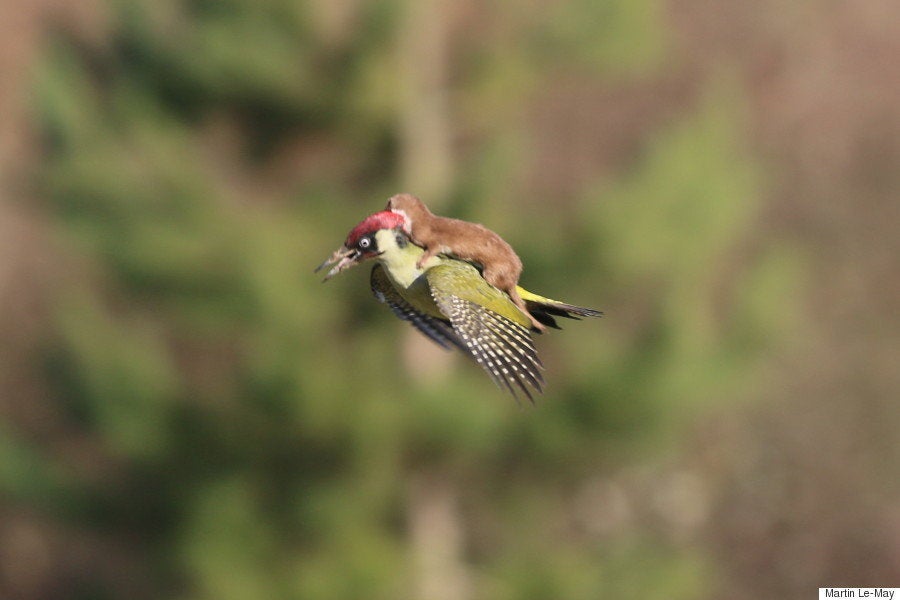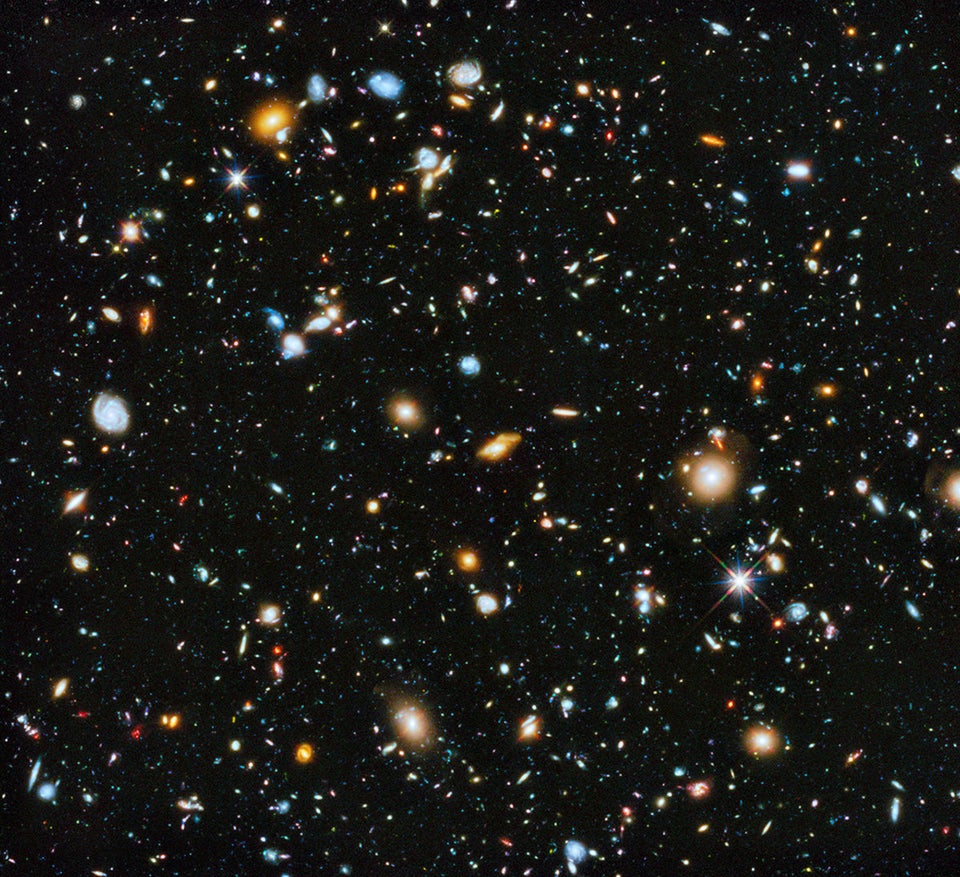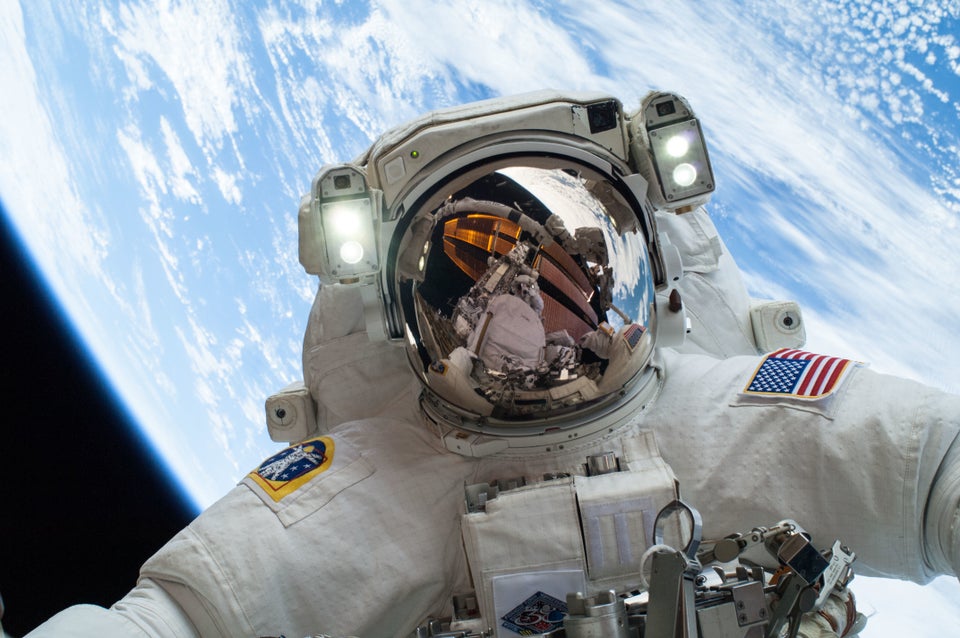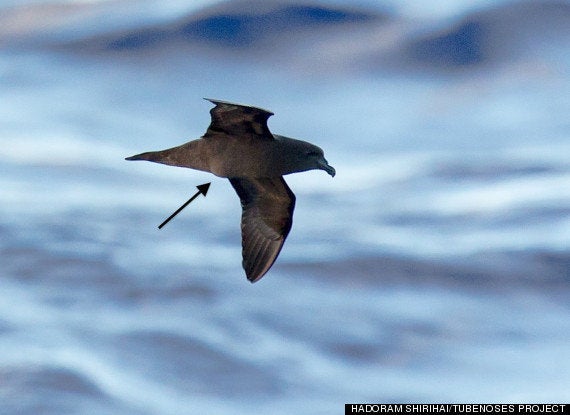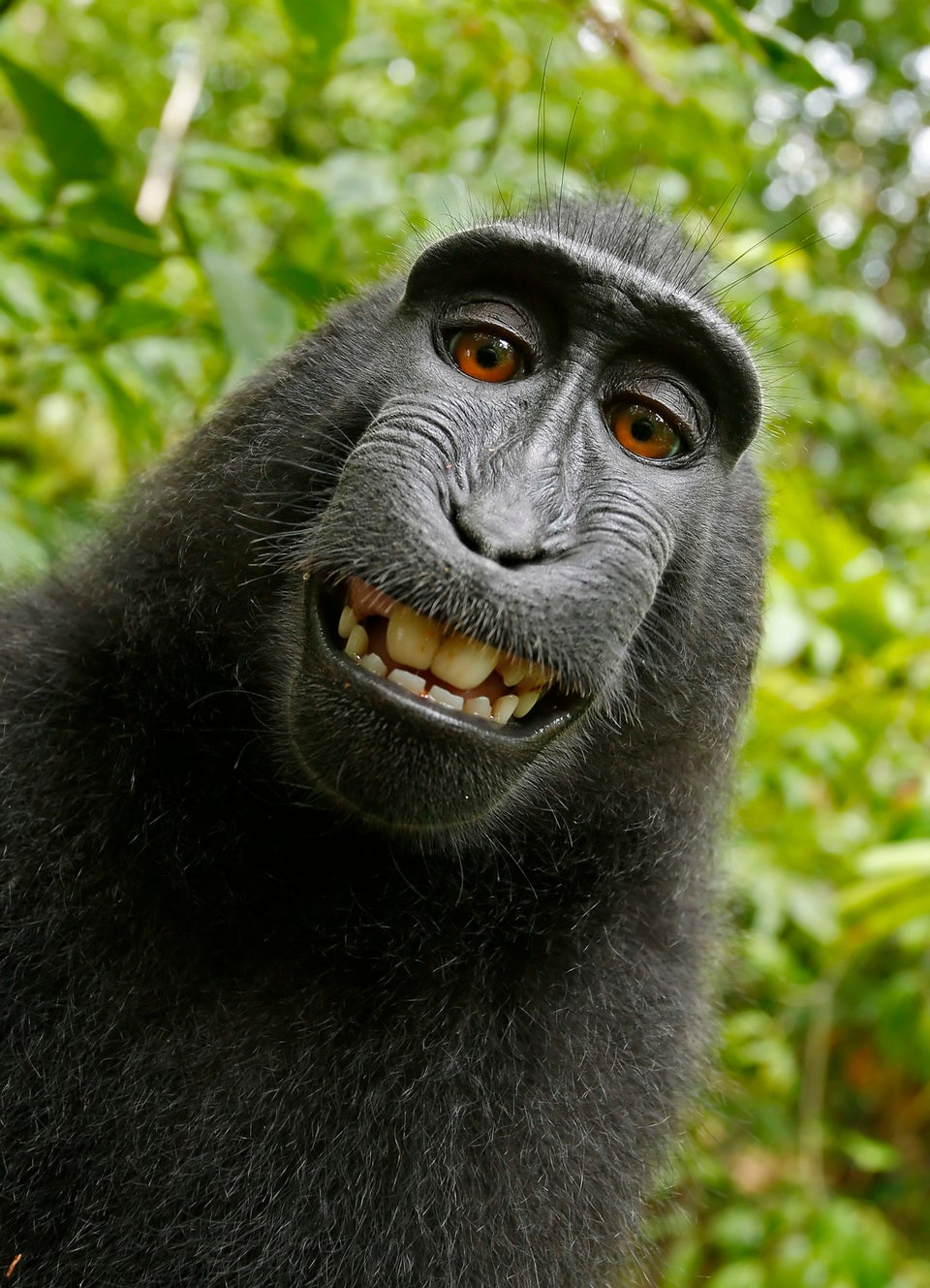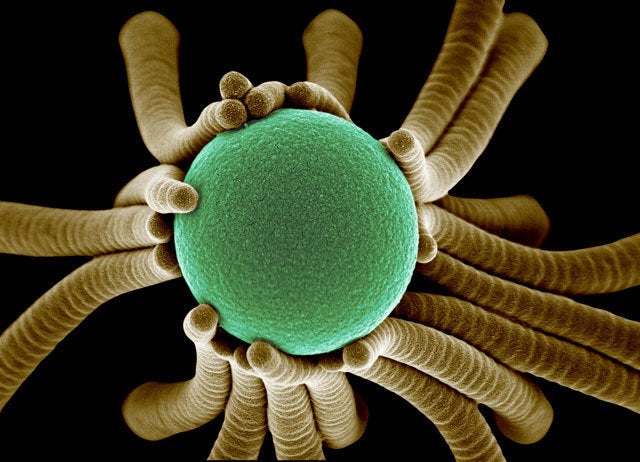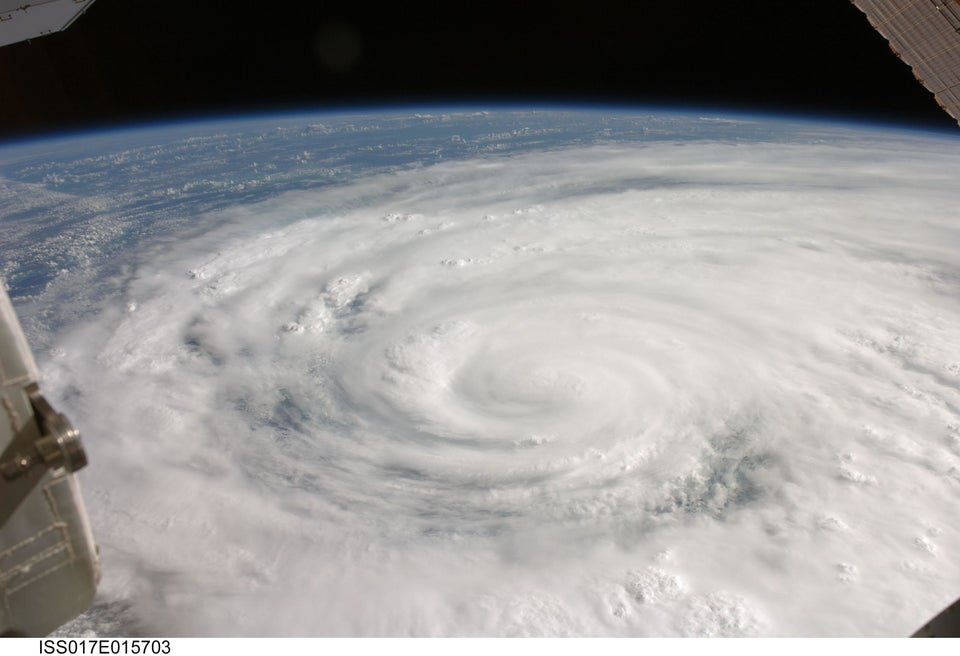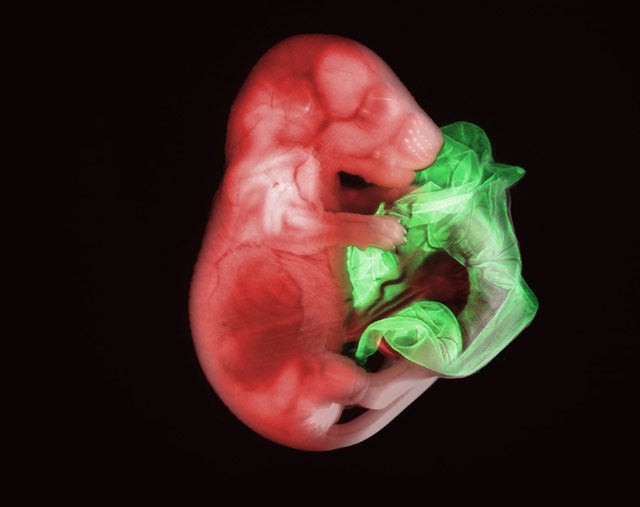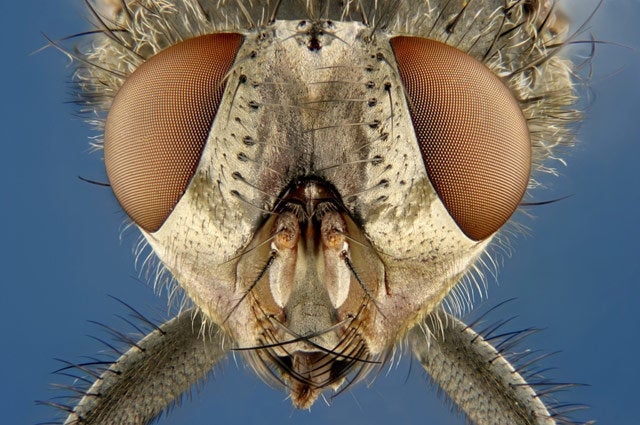It has finally happened, after years of contently drinking the blood of local birds the vampire bat is now moving on to humans.
These tiny coffee cup-sized mammals have traditionally only preyed on other animals, but as humans have encroached on their habitats the small blood-suckers are starting to fight back.

In research carried out by Enrico Bernard and his team at the Federal University of Pernambuco in Brazil, it was discovered that wild vampire bats are starting to eat outside of their set menu.
There are three types of vampire bat in the world, and while the first two are considered to be the more generalised variety the last known as Diphylla ecaudata feeds exclusively on the blood of birds.
Found in the Caatinga dry forests, the research team examined the faeces of the bat and found DNA samples from both chicken and human blood.
While we traditionally assume that vampire bats already eat human blood it’s actually the last thing they’d usually consume.
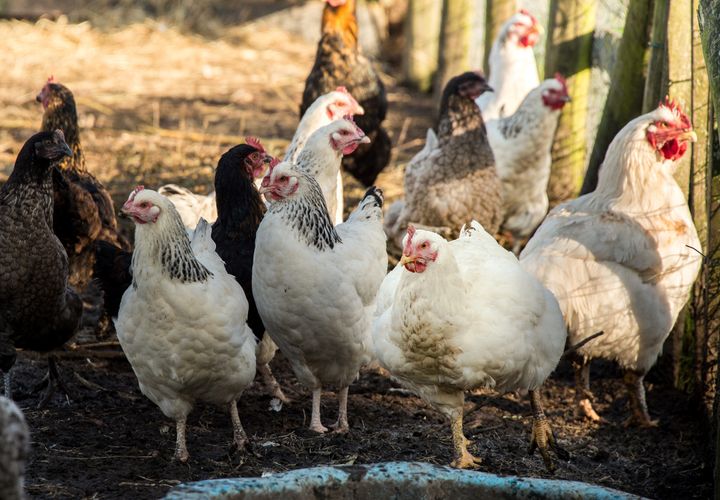
Eating blood as your sole diet is incredibly difficult, as such each species of vampire bat has evolved to very specifically process the blood of its local prey.
In this instance, Diphylla ecaudata has evolved to digest the high levels of fat found in bird blood, rather than the protein rich blood of other larger mammals like humans.
As humans have started to encroach on their natural habitat however it seems as though the bats are starting to consume the blood of humans as a last resort.
“The record of humans as prey and the absence of blood from native species may reflect a low availability of wild birds in the study site, reinforcing the impact of human activities on local ecological processes”, explains the paper.
If the thought of bats eating human blood doesn’t scare you enough this development has further consequences.
Bats have historically proven to be a nightmare when it comes to containing diseases.

They’re notoriously effective at spreading rabies and have historically caused huge outbreaks across South America.
By introducing humans into their diet, this significantly increases the risk of diseases being passed on to humans from the bats that are dining on them.
Some comfort should be gained from the fact that this is still an isolated incident that has been discovered deep in the forests of northern Brazil.
Of course what it does highlight is once again the impact that human expansion can have, not only on the habitat around it, but on humans themselves.
The Coolest Science Photos Of The Decade:
